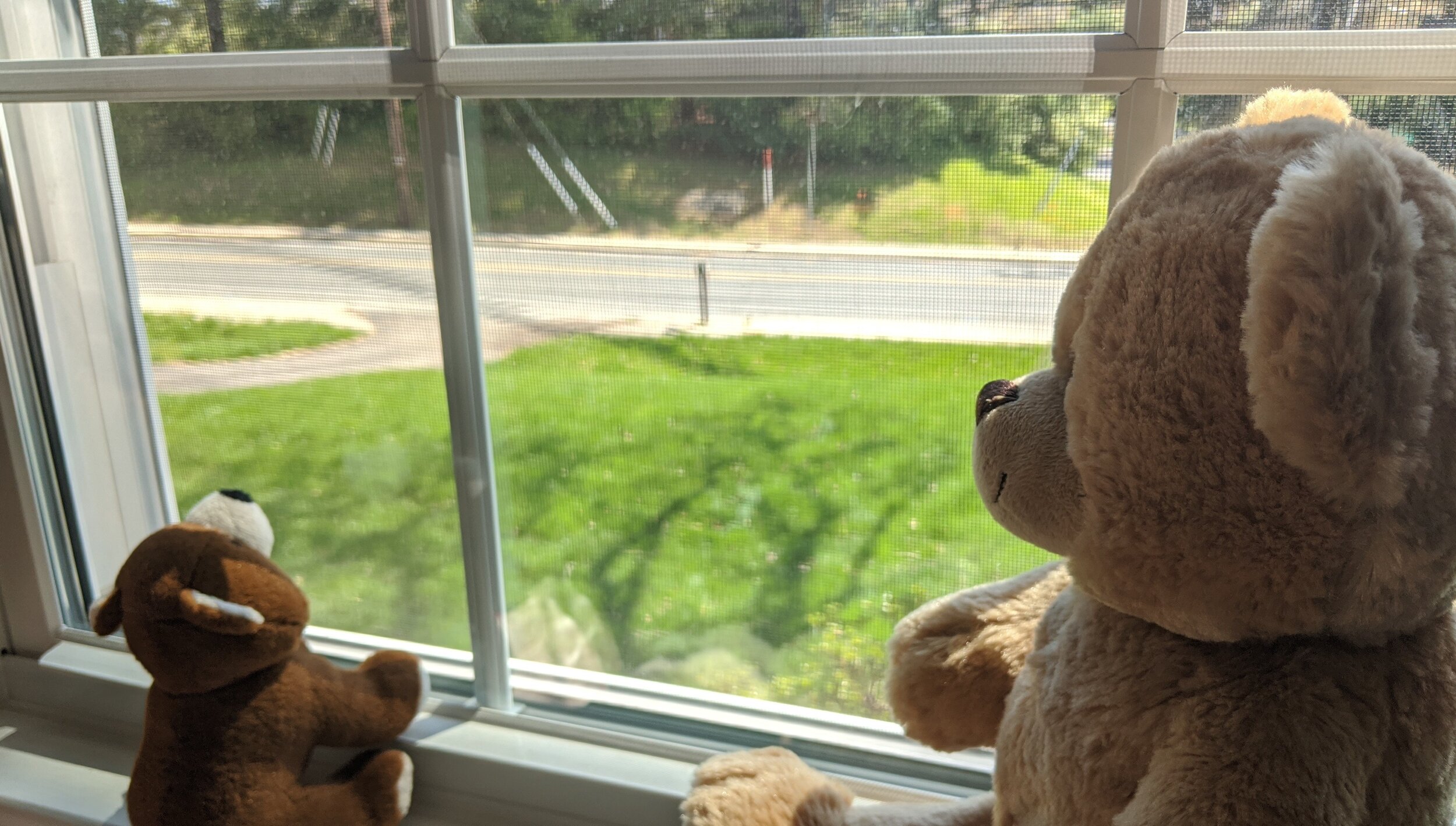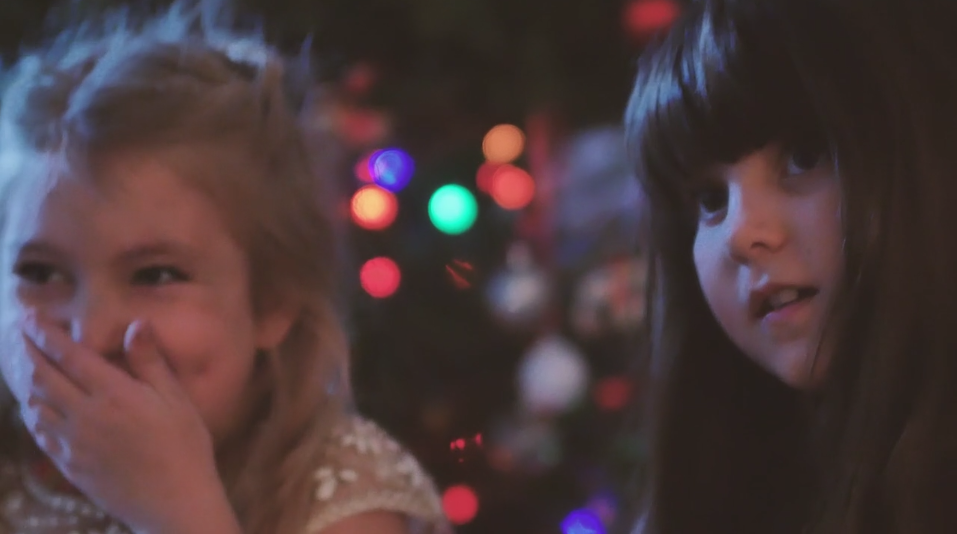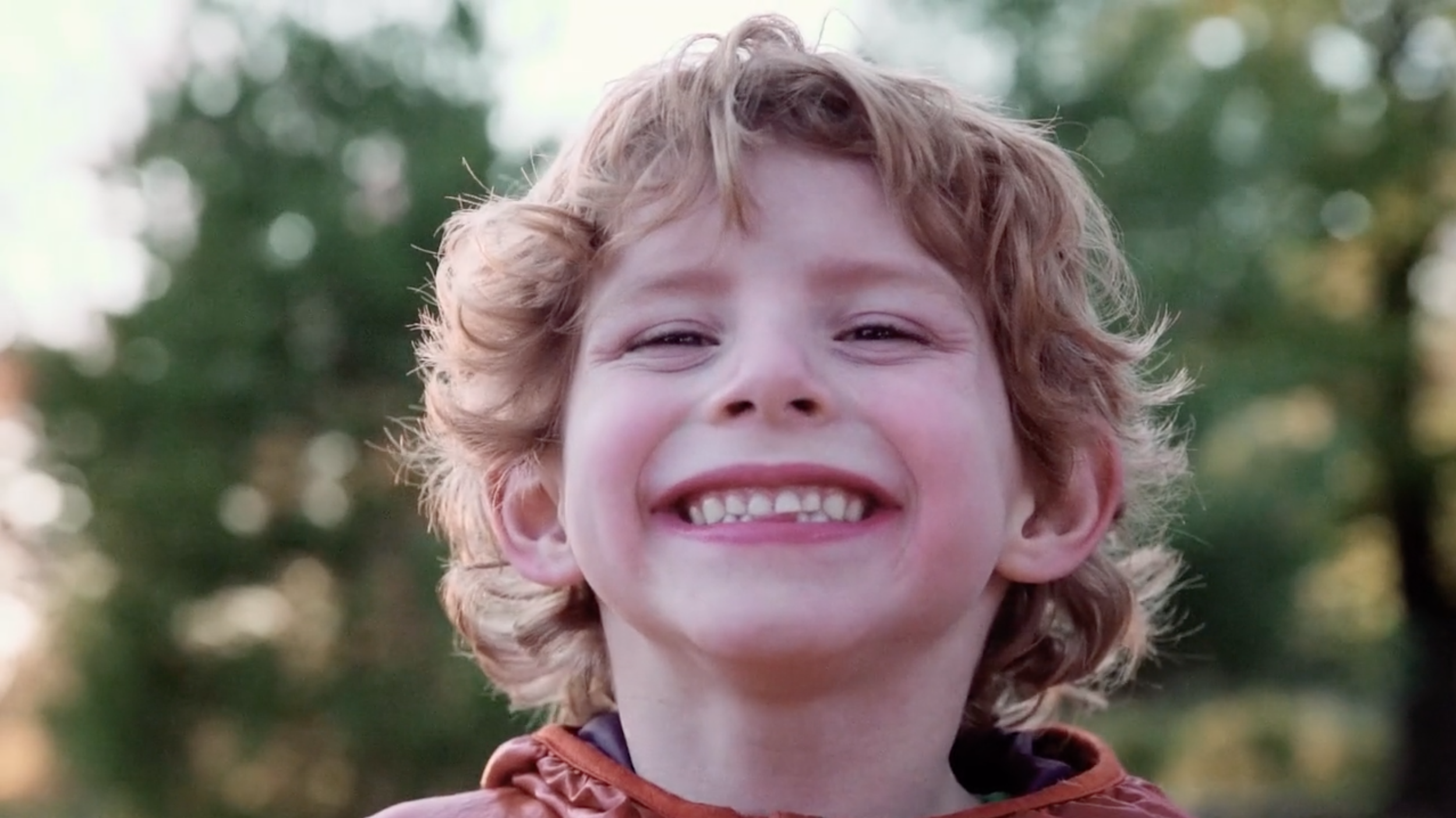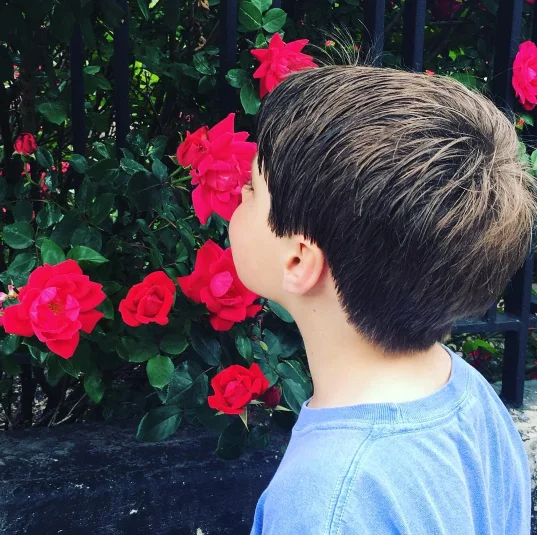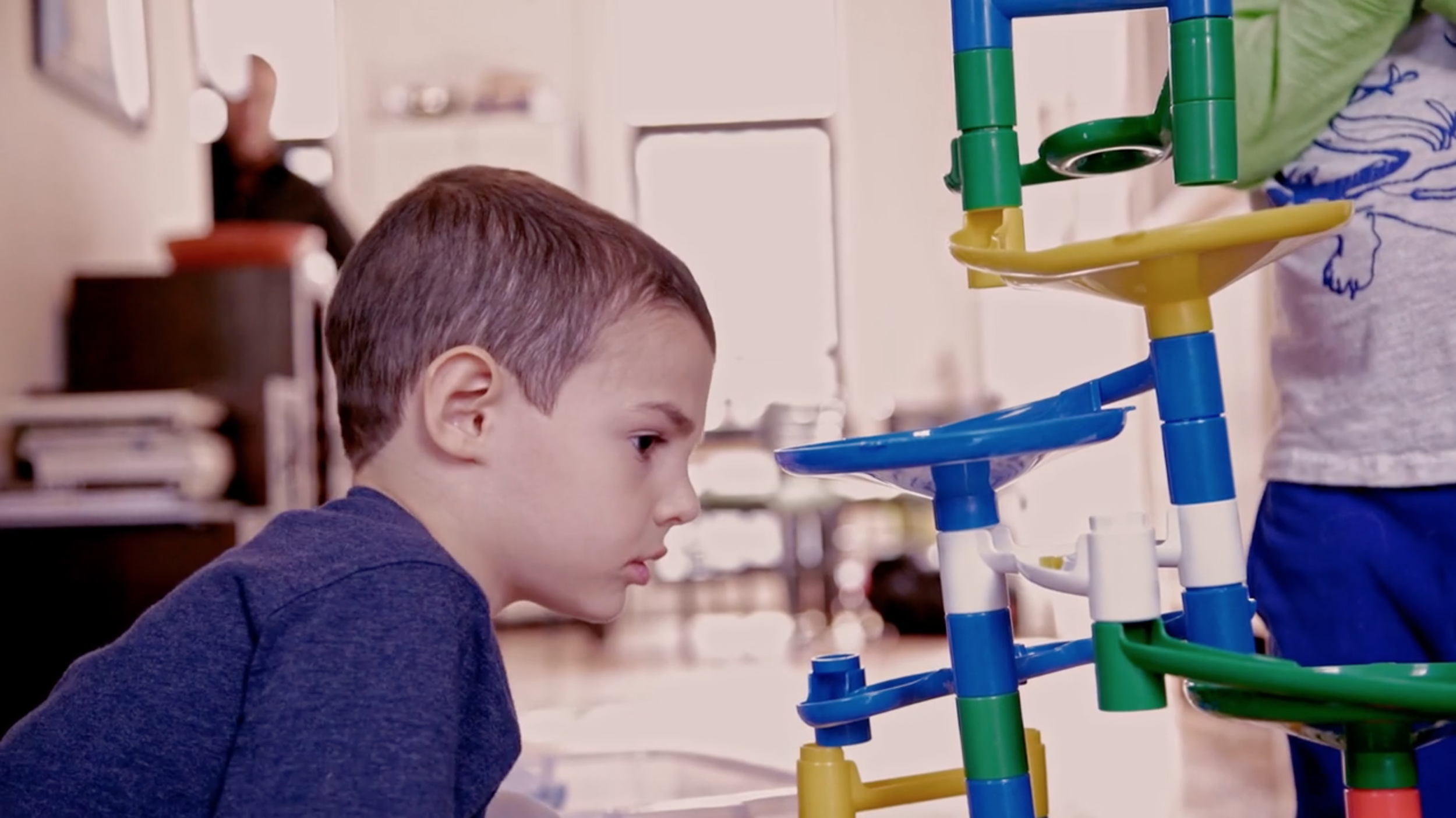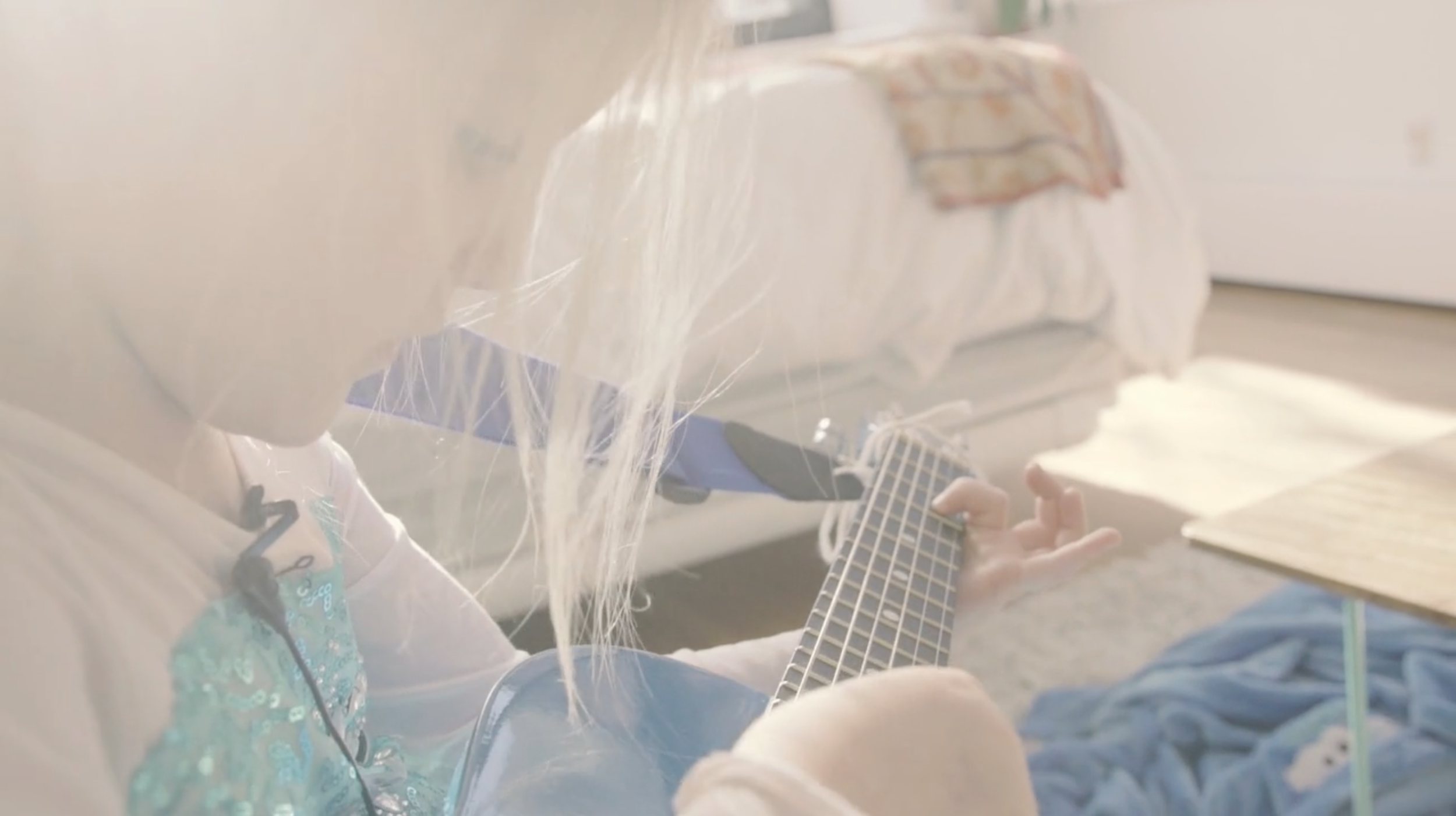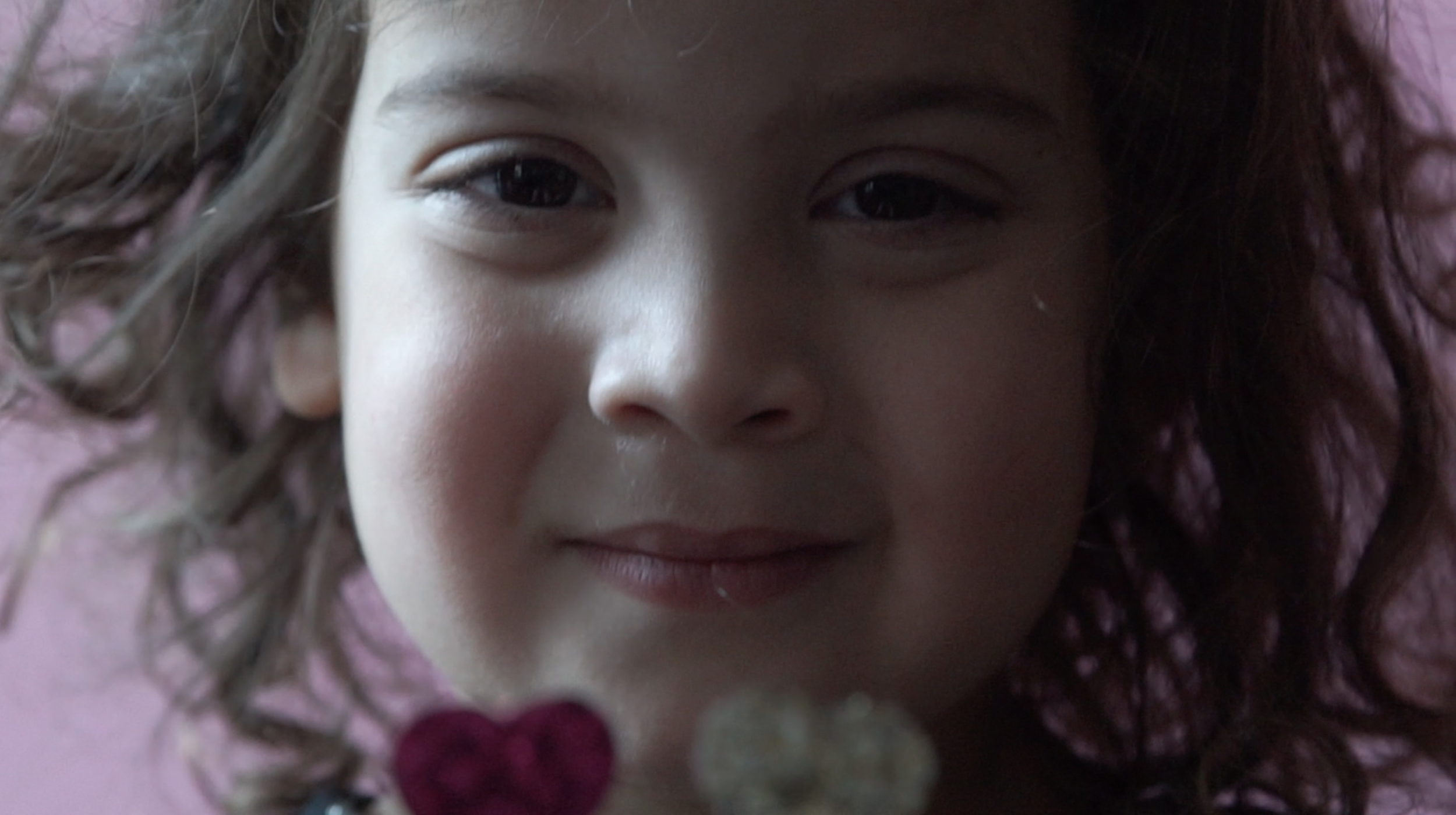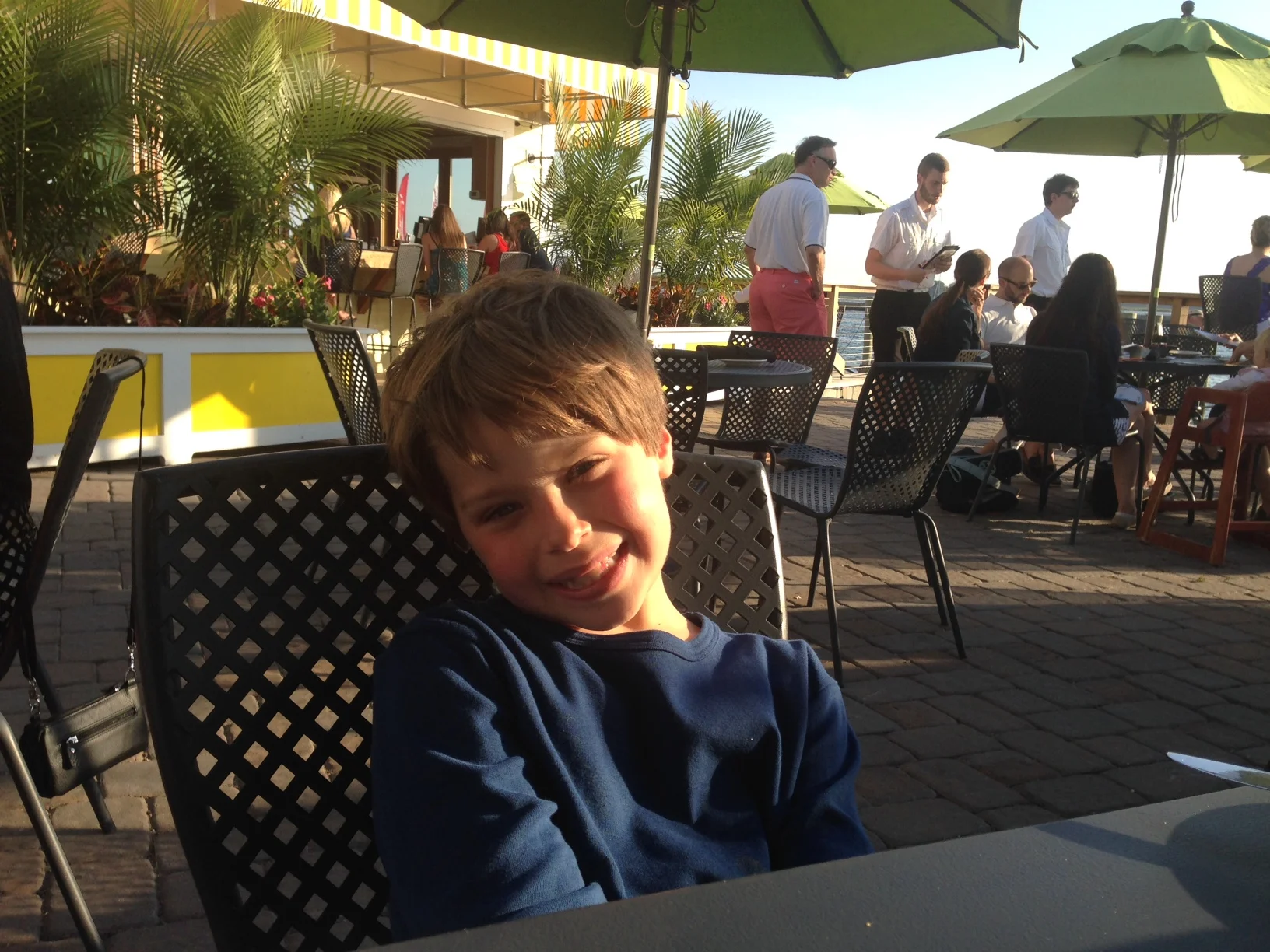For all of the extra time with family and the opportunities to connect with each other and carve out fun moments together, we do have to acknowledge that this is a time when fear is real and present. While some of us may be affected by quarantine directives, by illness, or by anxiety more than others, this is not an easy time for any of us.
And it certainly is not an easy time for our children, who have seen their steady routines, friendships, activities, and sense of security disrupted.
With all of that in mind, we continue to think about how to make the most of these moments to create connections with each other. And to find ways to help. Connecting with each other, within our families and outside of our families, helps us to feel less fundamentally isolated, even when we are physically separated from so many of the people we see, know, and work with every day.
This sense of connection gives us strength. It steadies our fears and lets us know that, indeed, we are “all in this together” and that walking through a challenge like this together can strengthen our relationships with others and our resilience. That is a beautiful and encouraging lesson for all of us, and for our children.
Taking this idea of connection another step, we are thinking about ways to move into action. What are simple, safe, practical things that we and our children can do to help others?
The act of helping allows us - and our kids - to regain a small sense of control. It gives us a place to put our energy so that we do not veer off into worry or anxiety, and so that we do not give in to our collective (and legitimate) fear.
What, then, are some ways that we can connect with our kids to help our family and our community during this time?
Send Packages to Friends and Relatives
Knowing that someone is thinking of you can do a world of good for when you are feeling lonely or scared. Think about the friends and family in your life who would most enjoy receiving a package from you and your kids.
Send letters, drawings, or even samples of your kids’ best school work or special projects. Be sure to think of elderly family members and friends, many of whom are on their own, and all of whom are isolated from family and friends. This time is particularly challenging for them. Sending them packages like these adds some joy and vitality to their days. It’s also a great way to give your kids something positive, productive, and joyful to focus on.
Bring Back Pen Pals
Remember writing back and forth with your camp friends? It’s time to bring back the tradition of Pen Pals. Encourage your kids to start writing letters to a friend from school, a cousin, a relative, or others whom they miss and wish they were able to see.
Though we are physically distanced, this activity reminds us that there are still many ways to connect. We don’t need to feel lonely, and we can help someone else feel less lonely, too. Writing letters is the perfect way to make sure that your kids still have a way to share their voices (and to do so with someone in addition the members of their household). It also helps them keep their writing and communication skills fresh.
Decorate Your Windows
All over the world, people are adding teddy bears to their windows to help make neighbors who are out on walks feel less isolated during social distancing.
Rainbows Over Neighborhood projects are taking off around New York City and beyond, and giving neighbors a sense of community, connection, and joy.
These are all wonderful activities to participate in that not only give your kids something to do, but help them to think of how they can help others while honoring the rules that are in place to keep us all safe. Think about other ways you can decorate your windows. From holiday decorations to themes, there are countless ways to dress your windows and add some fun to your day.
Spend Time Together - With the Help of Technology
As working parents, our days are filled with one digital meeting or video conference after another. And many of us are now booking our kids’ Zoom calls in our calendars, too. But let’s take a moment to think about how this kind of technology can help connect our kids to family and friends when it’s not all about work.
Schedule virtual tea parties and play dates. Think of games like Freeze Dance and Pictionary that translate well to videoconferencing platforms. Coming up with specific activities helps keep kids engaged and excited while they spend time with each other over video conferencing platforms. Activities like these help the children who are more shy, or those who may feel a bit awkward trying to make, or break into, group conversations.
Anything that encourages kids to play and helps them feel positive and joyful helps to alleviate the anxiety, boredom, and confusion that they and their peers are struggling with during this time of physical separation from friends, extended family, and routines.
Elizabeth Eames, April 2, 2020



